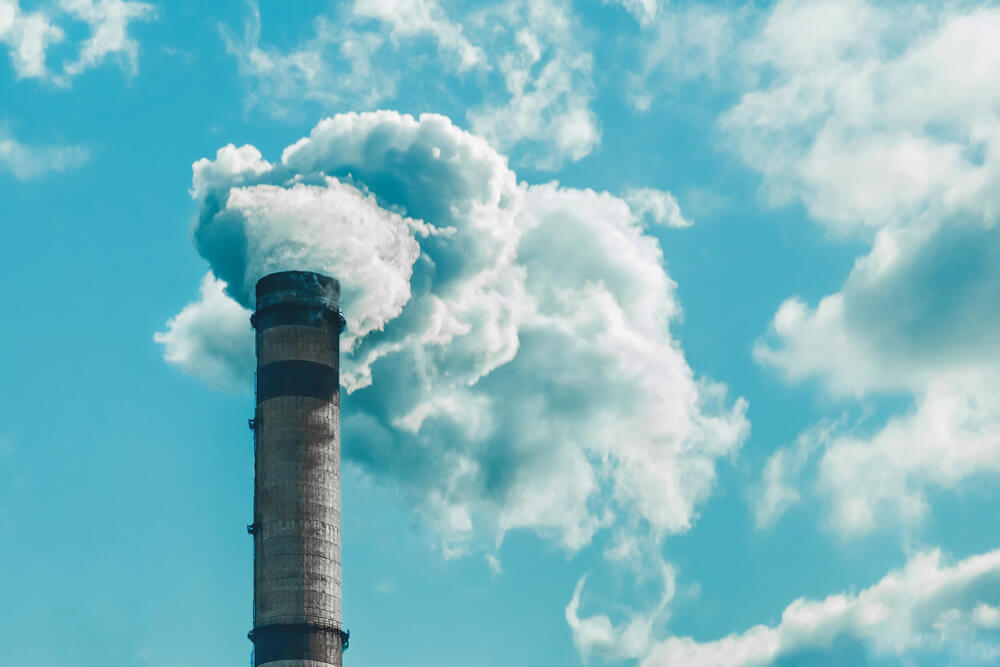Right now, climate change is a worldwide problem that is affecting the planet at a major rate. We know, we know…you don’t want to buy into it, right? After all, these climate scientists might be lying to us all just to sell books or get grants to continue to stay employed. However, this is incredibly untrue and it is more than just climatologists that have found the climate rising at a large rate. Several others such as NASA also backed the indisputable evidence regarding it.
They along with several other governments and agencies agree. This has been the case under numerous, different administrations. Most people now agree that the climate is changing. The only real things worth debate are our role in it all, what the change has or will cause, and how we can try to fix the problem. To do anything worthwhile here, you first need to understand what climate change is. We’re here to help!
The Role Carbon Dioxide Plays

Greenhouse Gas, Carbon Dioxide, also known as CO2, has a major role to play in all of this. We actually need CO2. We know, this can be quite odd to hear due to so many seemingly wanting to hate on it. However, we as humans need it for multiple reasons. Interestingly, we actually blow CO2 out of our own bodies as we breathe. Blowing out CO2 is not much of a problem at all. In fact, the Earth needs CO2 in its atmosphere to properly keep the Earth heated at a normal rate.

We as humans need the Earth to be at a proper temperature worldwide to live. Animals need this just as much as we do. As a result, carbon dioxide assists with this heating. However, a little might be needed but A LOT is not. Think of it as food. We need some food to live, but if you keep eating and never stop, you’re going to have a lot of problems. Therefore, when CO2 is found in gasoline, coal, and numerous other overused products…it can lead to problems.
